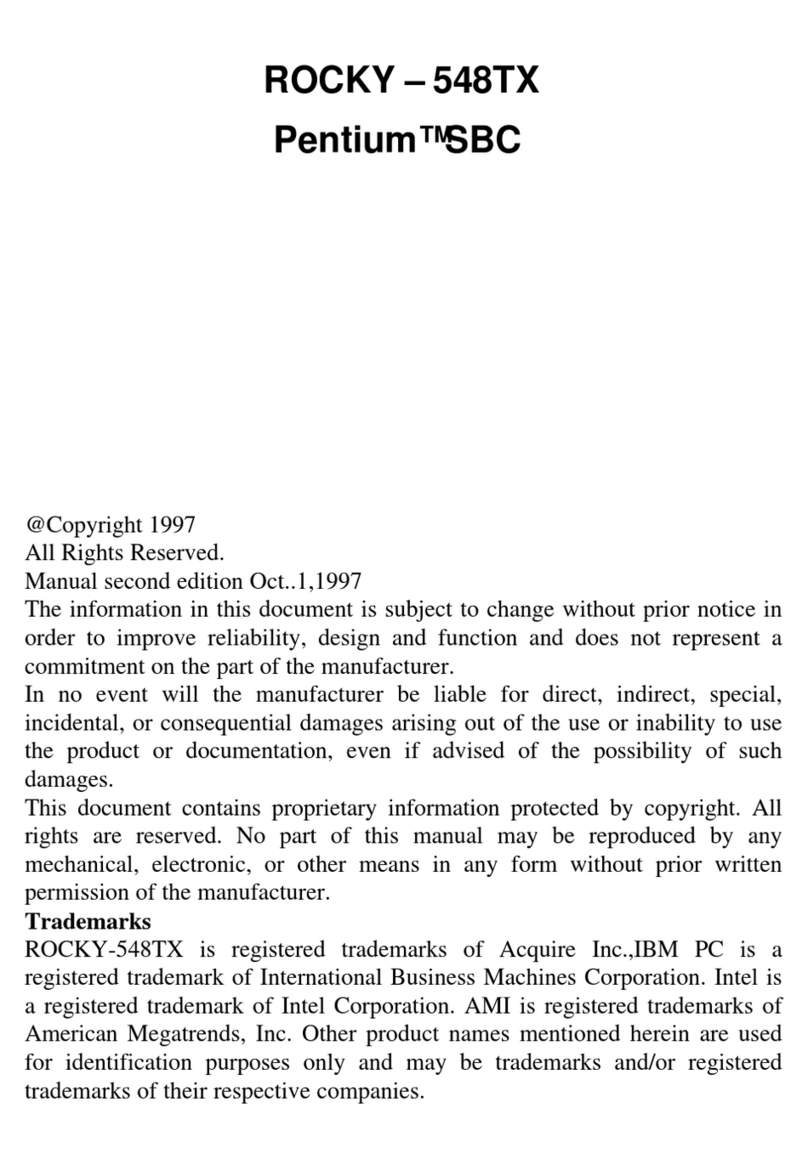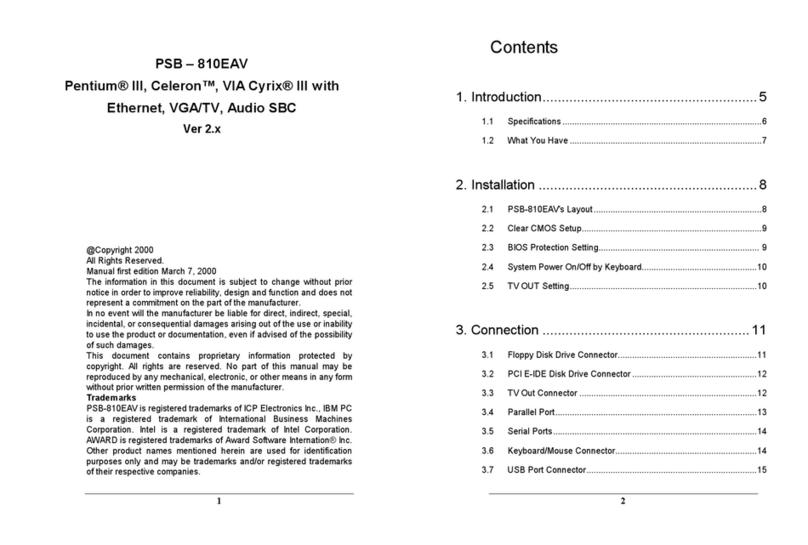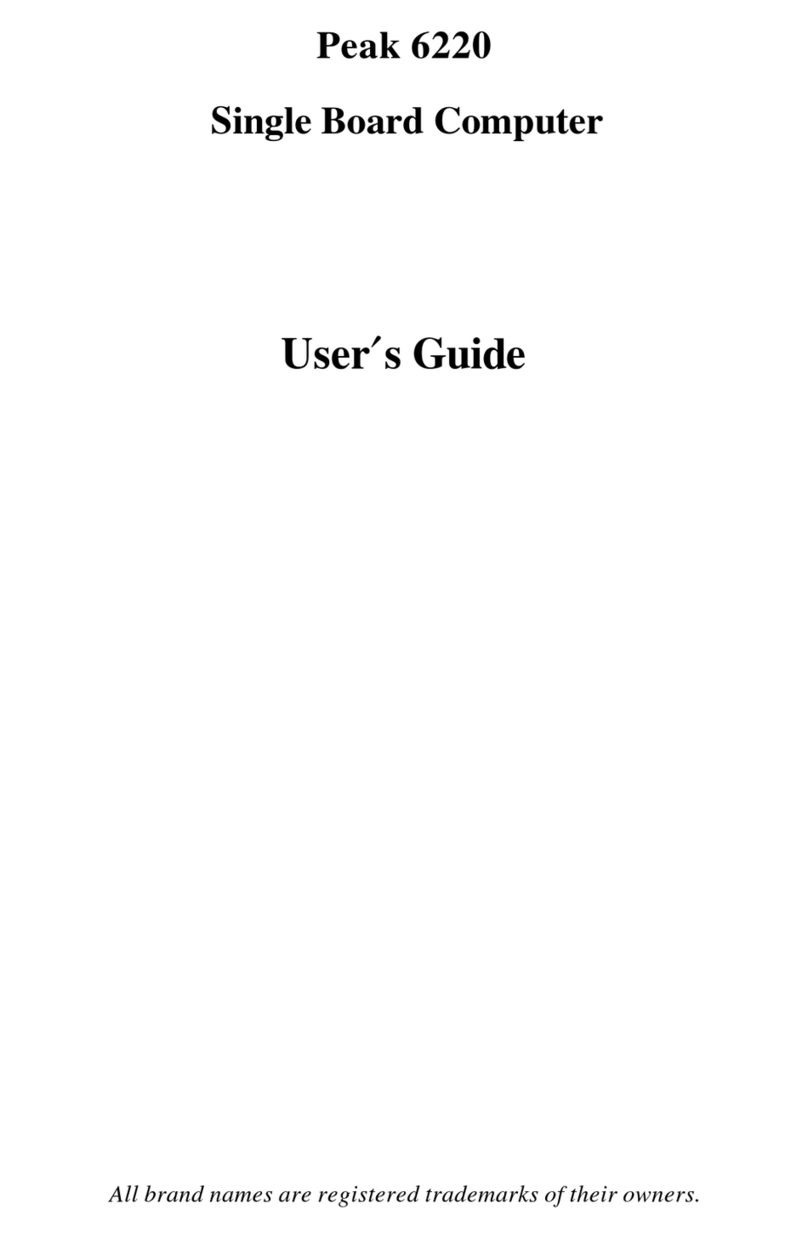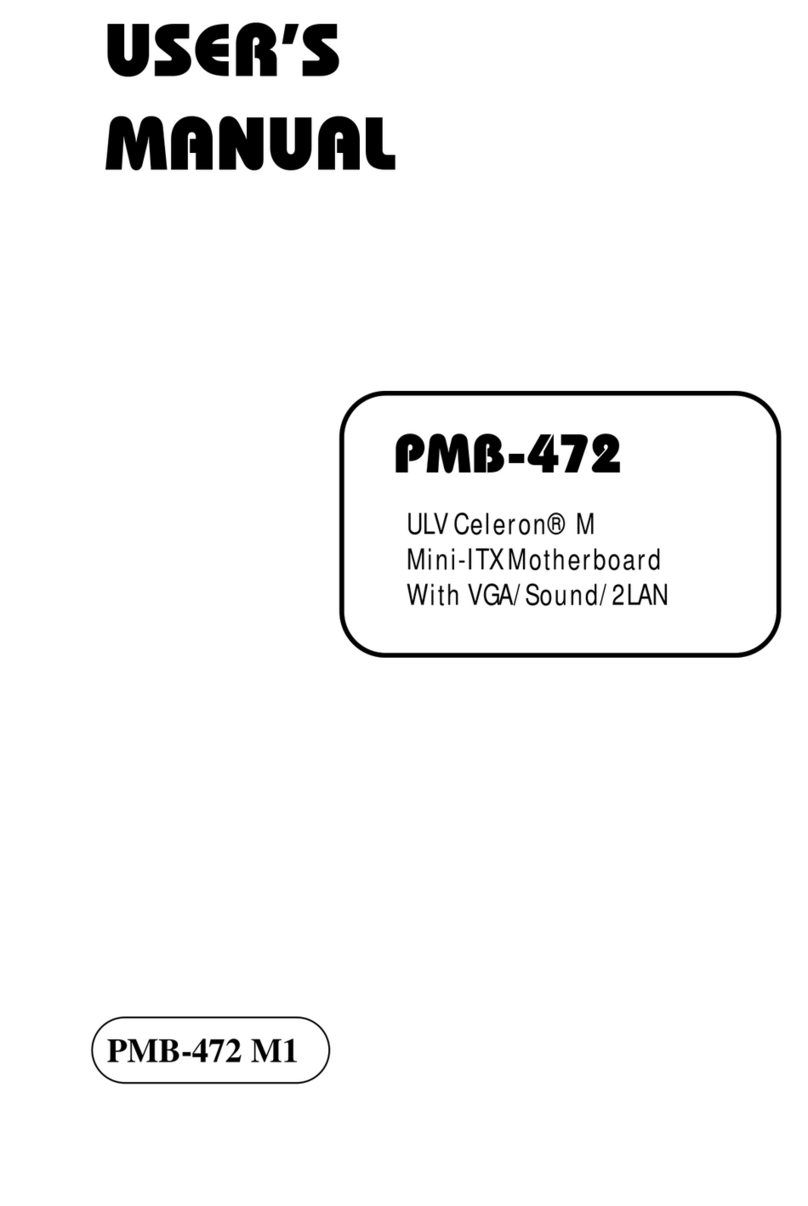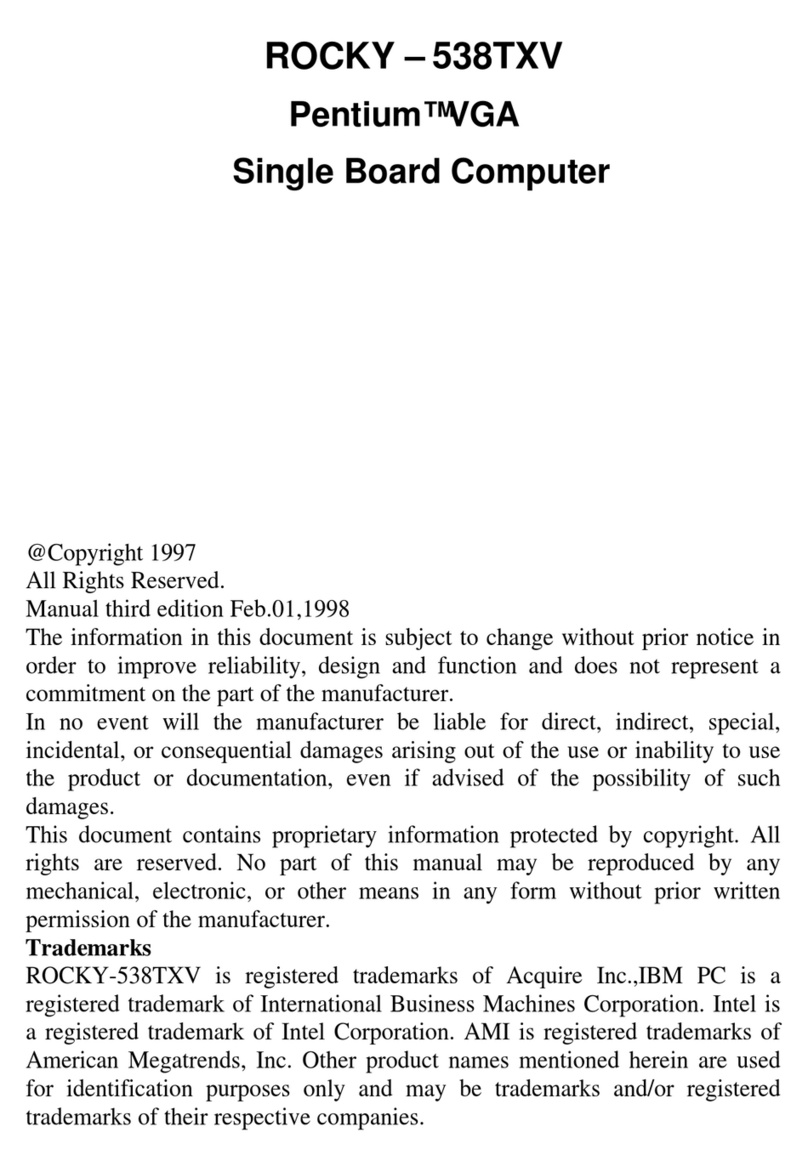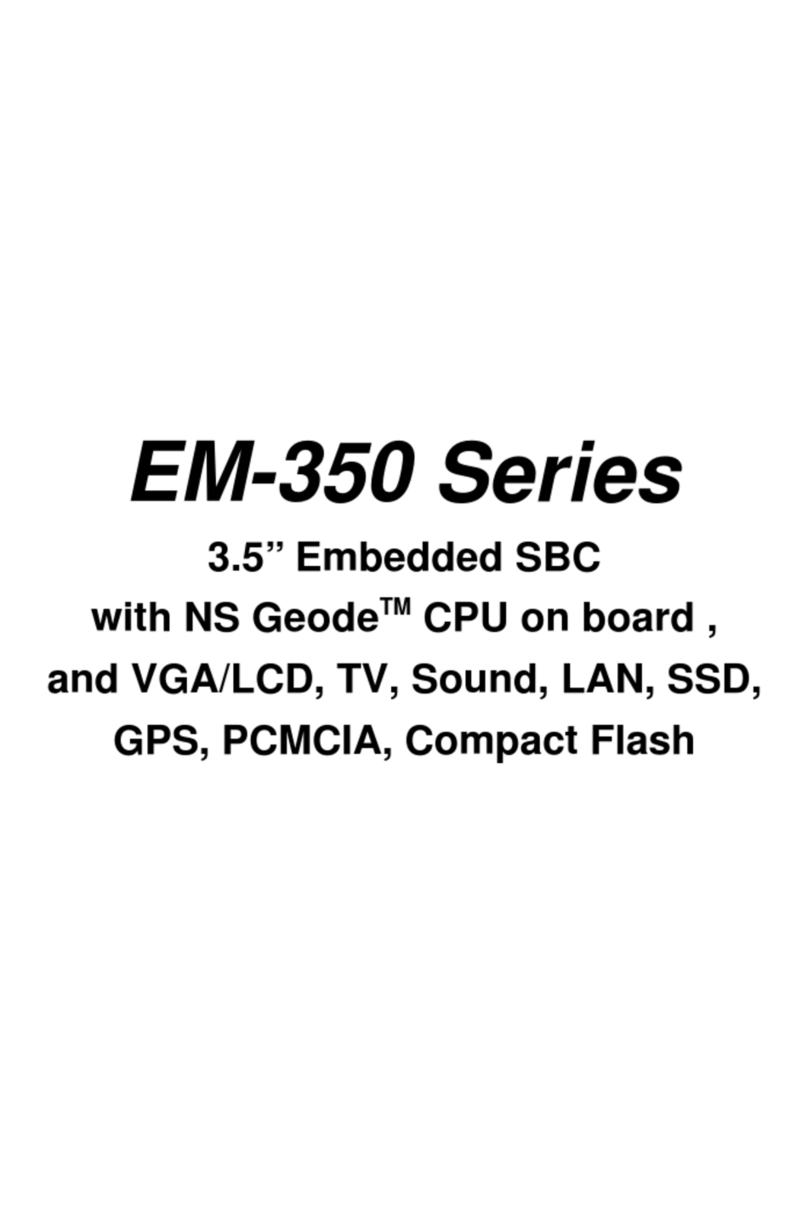EMB-9670/9673 Series
8 EMB-9670/9673 Series User’s Manual
3. BIOS Setup................................................................................................................51
3.1 Starting Setup .........................................................................................................52
3.2 Using Setup ............................................................................................................53
3.3 Getting Help ............................................................................................................54
3.4 In Case of Problems................................................................................................54
3.5 Main Menu ..............................................................................................................55
3.5.1 Standard CMOS Features.............................................................................................................. 56
3.5.2 Advanced BIOS Features .............................................................................................................. 59
3.5.3 Advanced Chipset Features........................................................................................................... 62
3.5.4 Integrated Peripherals.................................................................................................................... 66
3.5.5 Power Management Setup............................................................................................................. 71
3.5.6 PnP / PCI Configuration ................................................................................................................. 73
3.5.7 PC Health Status............................................................................................................................ 74
3.5.8 Frequency / Voltage Control .......................................................................................................... 74
3.5.9 Load Fail-Safe Defaults.................................................................................................................. 75
3.5.10 Load Optimized Defaults............................................................................................................ 75
3.5.11 Set Supervisor / User Password ................................................................................................ 76
3.5.12 Save & Exit Setup ...................................................................................................................... 77
3.5.13 Exit Without Save....................................................................................................................... 78
4. Drivers Installation ...................................................................................................79
4.1 Install Chipset Driver (For Intel RG82855GME) ......................................................80
4.2 Install Chipset Driver (For Intel RG82852GM) ........................................................81
4.3 Install Display Driver (For Intel RG82855GME) ......................................................82
4.4 Install Display Driver (For Intel RG82852GM).........................................................83
4.5 Install Audio Driver (For Intel FW82801DB) ............................................................84
4.6 Install Ethernet Driver (For Intel 82562ET)..............................................................85
4.7 Install Ethernet Driver (For Realtek RTL810x, RTL813x Family) ............................86
5. Measurement Drawing .............................................................................................87
Appendix A: BIOS Revisions..........................................................................................89
Appendix B: AWARD BIOS POST Messages ................................................................90
Overview............................................................................................................................91
Post Beep ..........................................................................................................................91
Error Messages .................................................................................................................91
1. CMOS BATTERY HAS FAILED .........................................................................................................91
2. CMOS CHECKSUM ERROR .............................................................................................................91
3. DISK BOOT FAILURE, INSERT SYSTEM DISK AND PRESS ENTER ............................................ 91
4. DISKETTE DRIVES OR TYPES MISMATCH ERROR - RUN SETUP.............................................. 91
5. DISPLAY SWITCH IS SET INCORRECTLY...................................................................................... 92
6. DISPLAY TYPE HAS CHANGED SINCE LAST BOOT ..................................................................... 92
